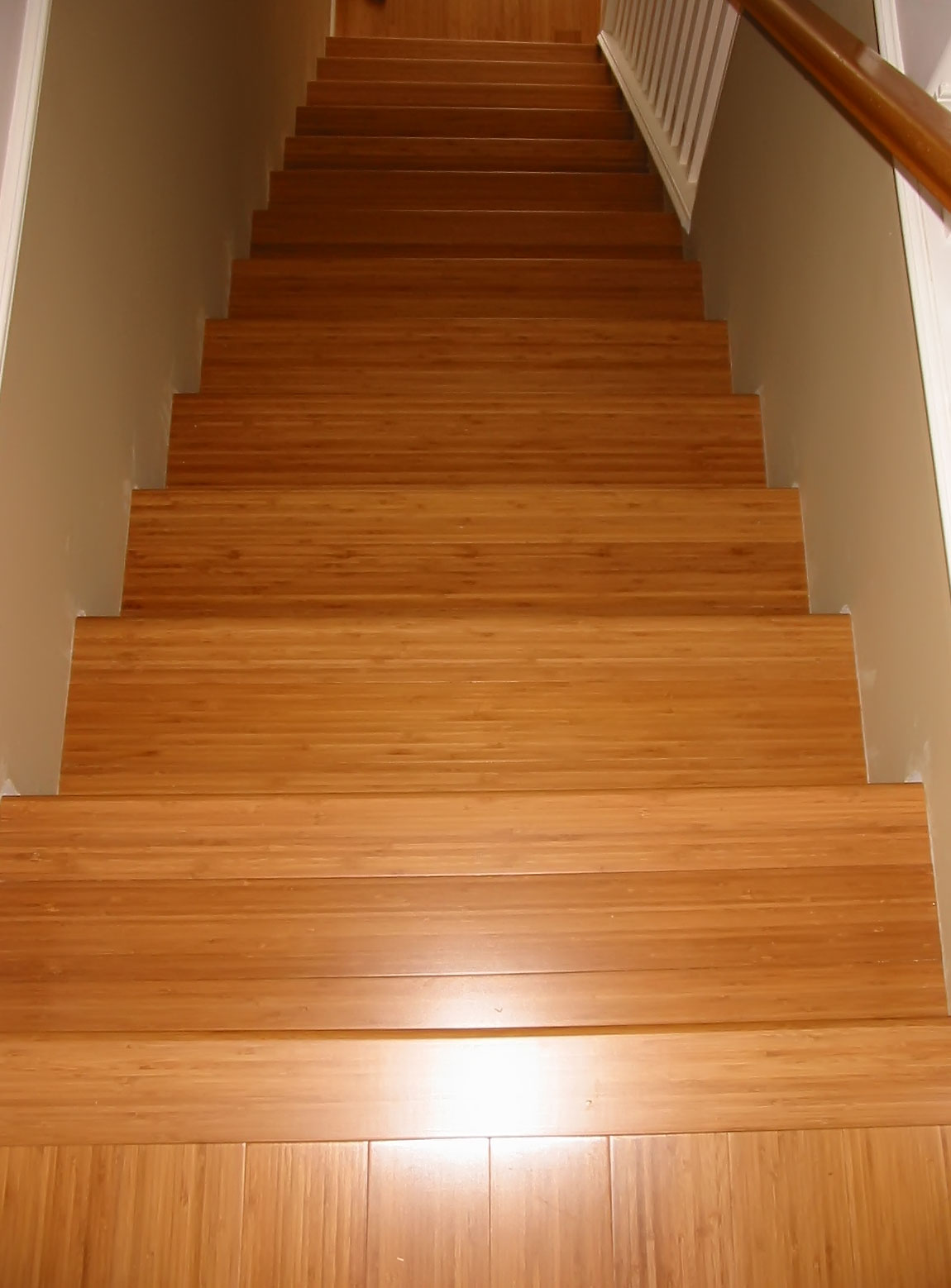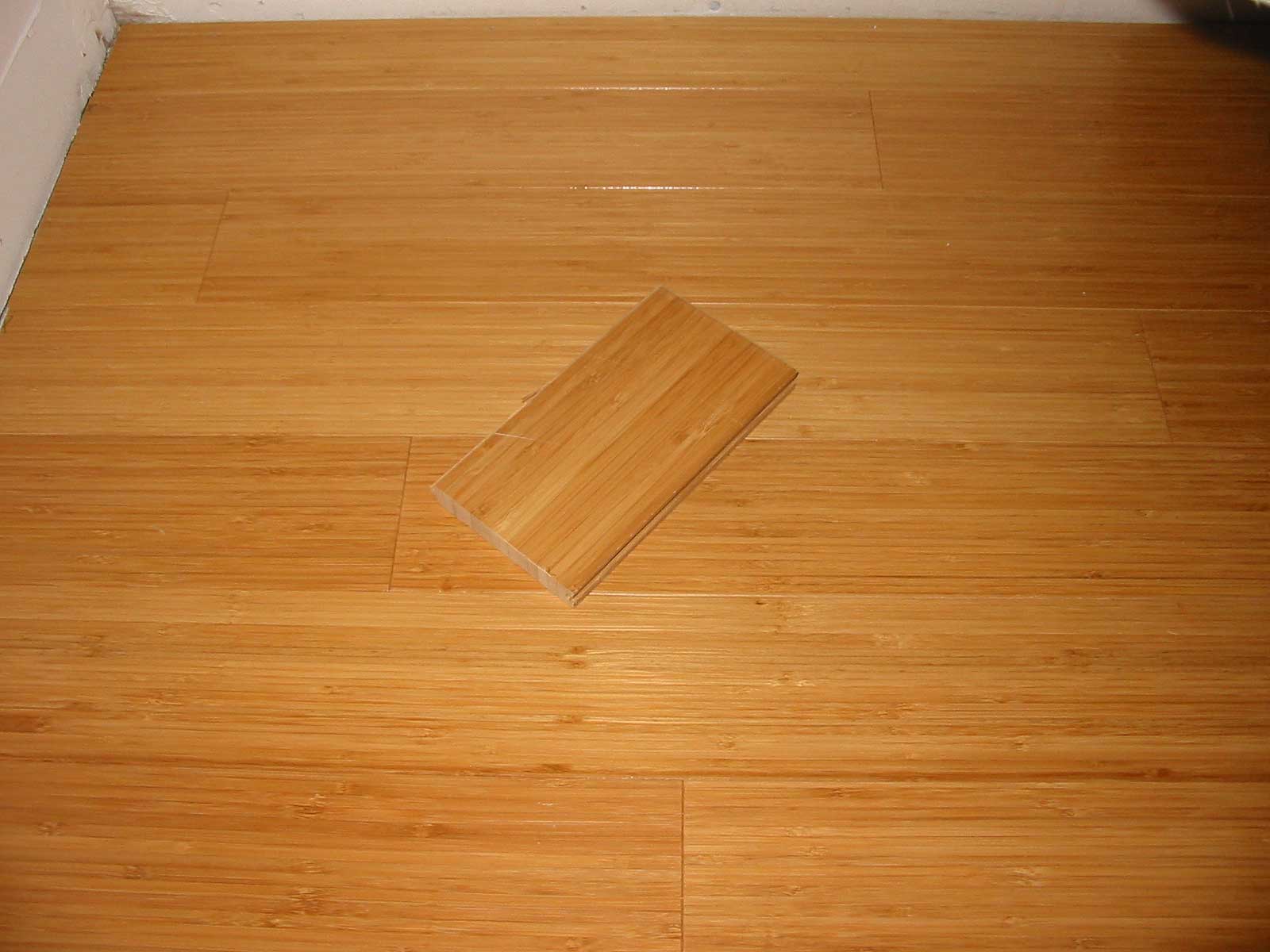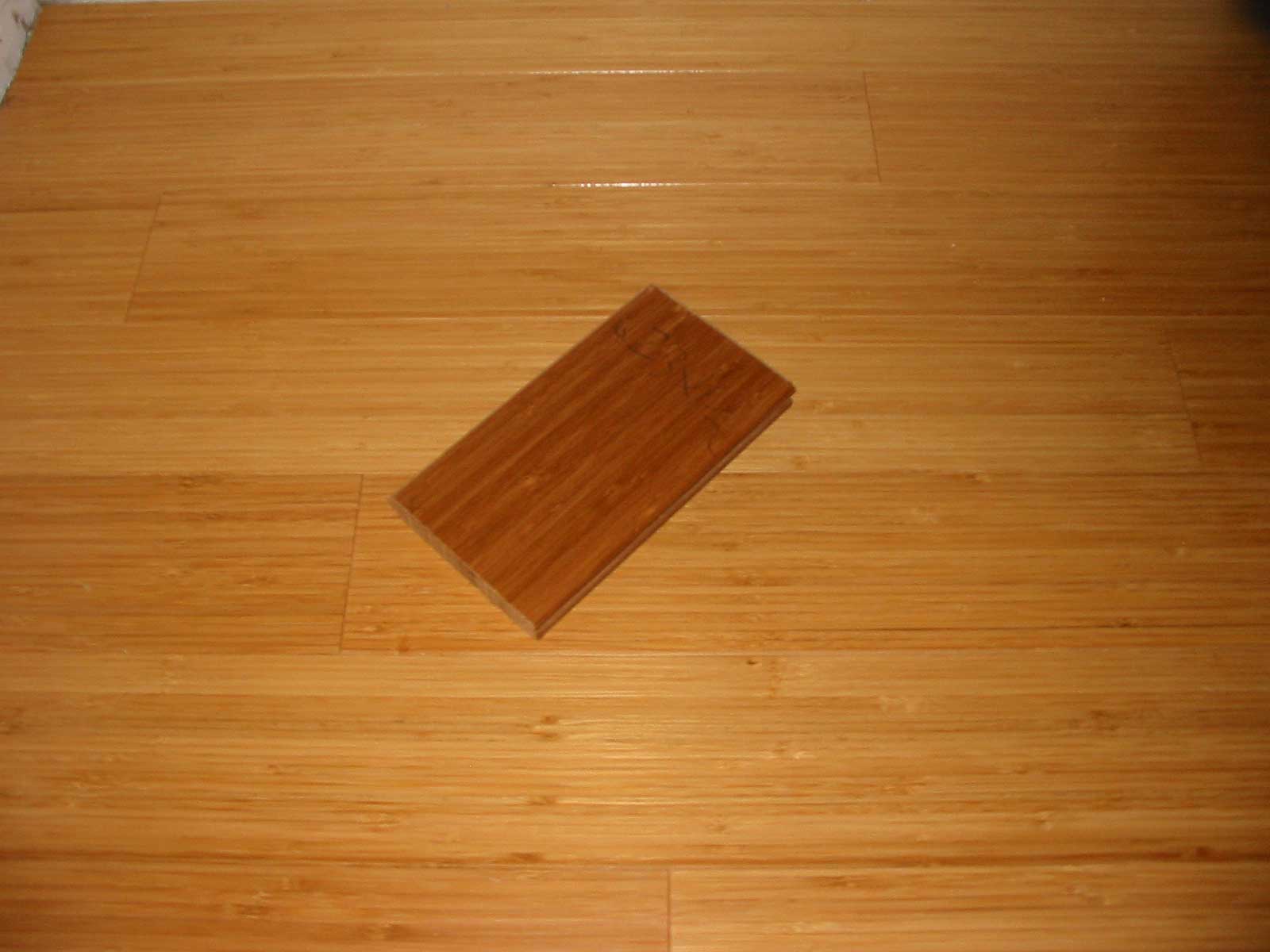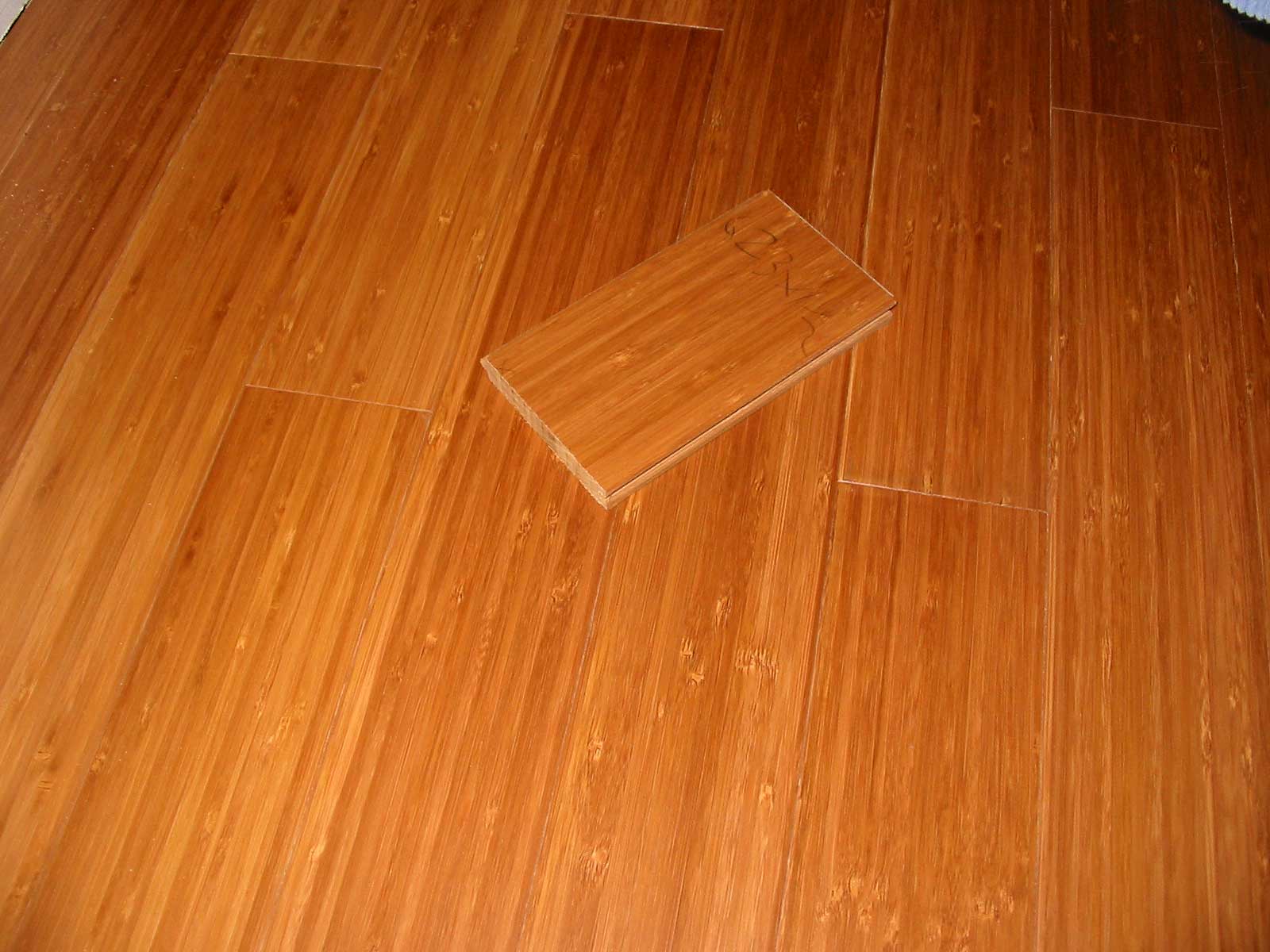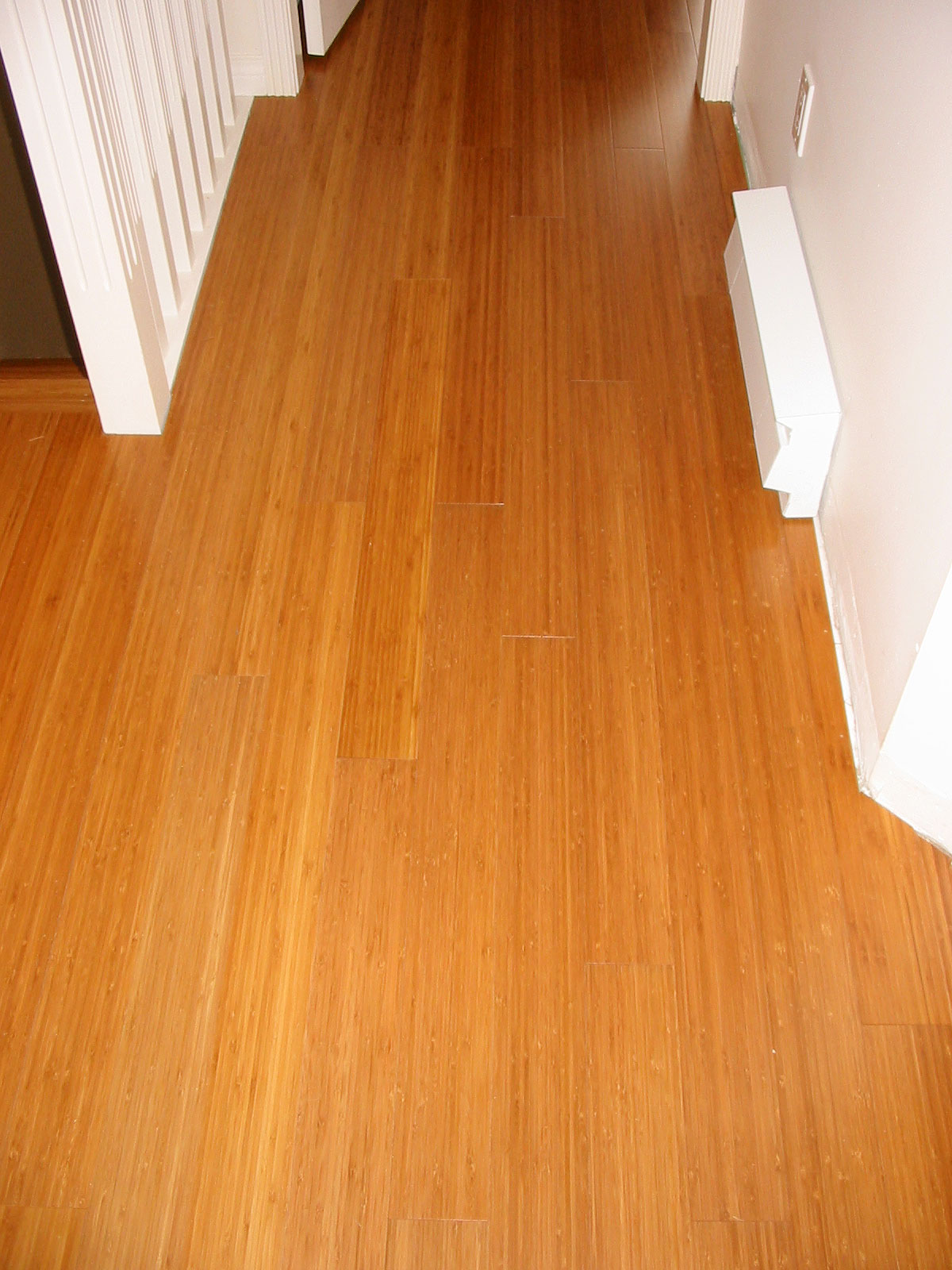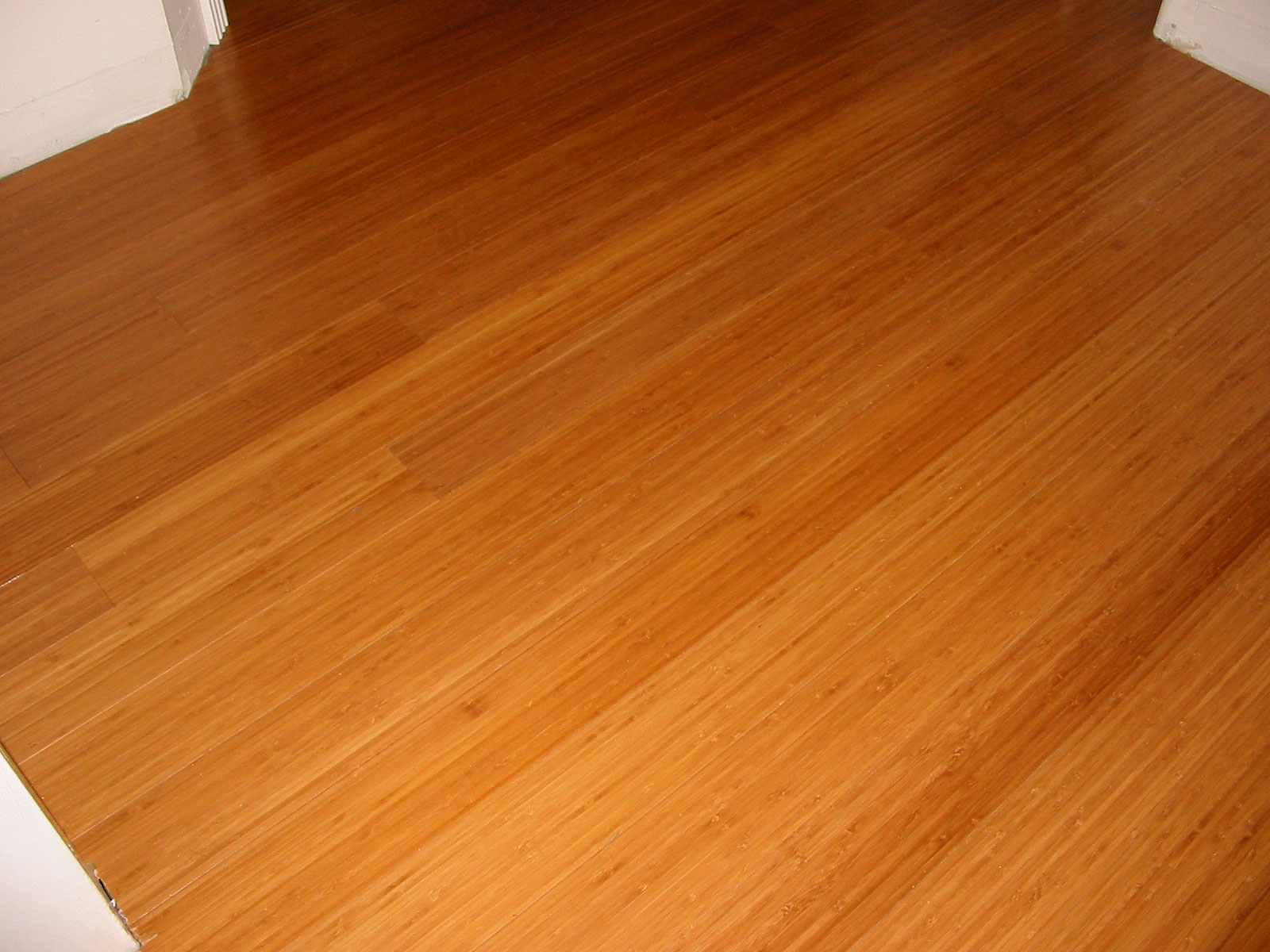My three favourite materials come together in this kitchen renovation project. I made a virtually indestructible concrete counter-top with a selection of local aggregates, iron oxide pigments and high-tech admixtures. The surface is seeded with mother-of-pearl and features some inlaid fossils. Bamboo panels make up all the casework and cork tiles cover the walls. Best of all, the kitchen works wonderfully, and is a pleasure to use.
bamboo flooring done properly
I see too many poorly laid out wood floors. Wood flooring, such as this bamboo floor is not meant to simply be pulled out of the box and immediately nailed down. Let's assume the flooring has been acclimatised (that is a subject for another post). The next step after properly preparing the substrate is to rack the material. Racking means selecting boards for proper colour, grain and the proper distribution of end joints. Unfortunately racking and selecting the flooring material before laying it is supposed to be standard procedure- but I don't see much evidence of it when I see other people's floors.
When choosing for colour, I end up opening a lot of boxes to a get a feel for the colour range of the wood. Wood is a natural material and has inherent colour variation. Sometimes it can be quite extreme- but it can be managed by transitioning gradually from light to dark areas of flooring. In these images you can see the same light and dark samples of bamboo flooring placed on opposite ends of the same 200 square foot room. The change in colour is gradual accross the floor and barely noticeable.
I lay every one of my floors with this level of attention for superior results.


